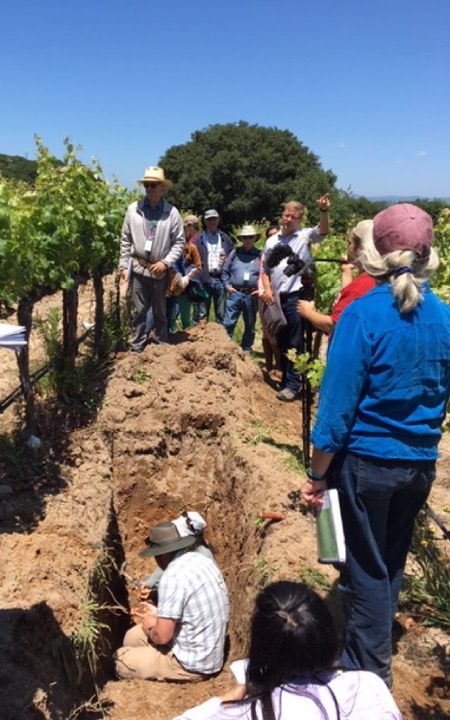ICF soil scientists dig up dirt to preserve the past—and protect our future
All too often, people look down on dirt. But some of ICF’s environmental scientists look at soil and see so much more than meets the eye. It’s the essential link between our past, present, and future.
Restoring habitats for future generations
Jeff Peters, ICF geomorphologist and restoration specialist, often finds himself studying sediment. “I enjoy exploring the interactions between physical and biological habitat. Suitable soil conditions are critical to the success of any restoration project.”

Where present meets past
Of course, no lesson in archeology and soil conservation is complete without a field trip. And after this past spring’s Professional Soil Scientists Association of California (PSSAC) conference—which included presentations from Jeff—ICF’s soil and wetland scientist, Joel Butterworth, was happy to oblige.
The president of PSSAC, “I used the opportunity to discuss drained and undrained tidal marsh soils,” says Joel. And the effects that diking and draining for agriculture had in the 1850s…and today. All of which lead to salt evaporation ponds and recent habitat restoration efforts. “I appreciate how soils vary in their characteristics across a landscape,” he adds. “Looking at them this way, it’s easy to see soils as a historical record—extending from hundreds of thousands of years during their formation, to the present.” Where they currently influence surface and ground water supplies, affect building site limitations, and of course, remain the foundation for agriculture.
Who knew digging in the dirt could be so much fun?
Learn more about science careers at ICF.